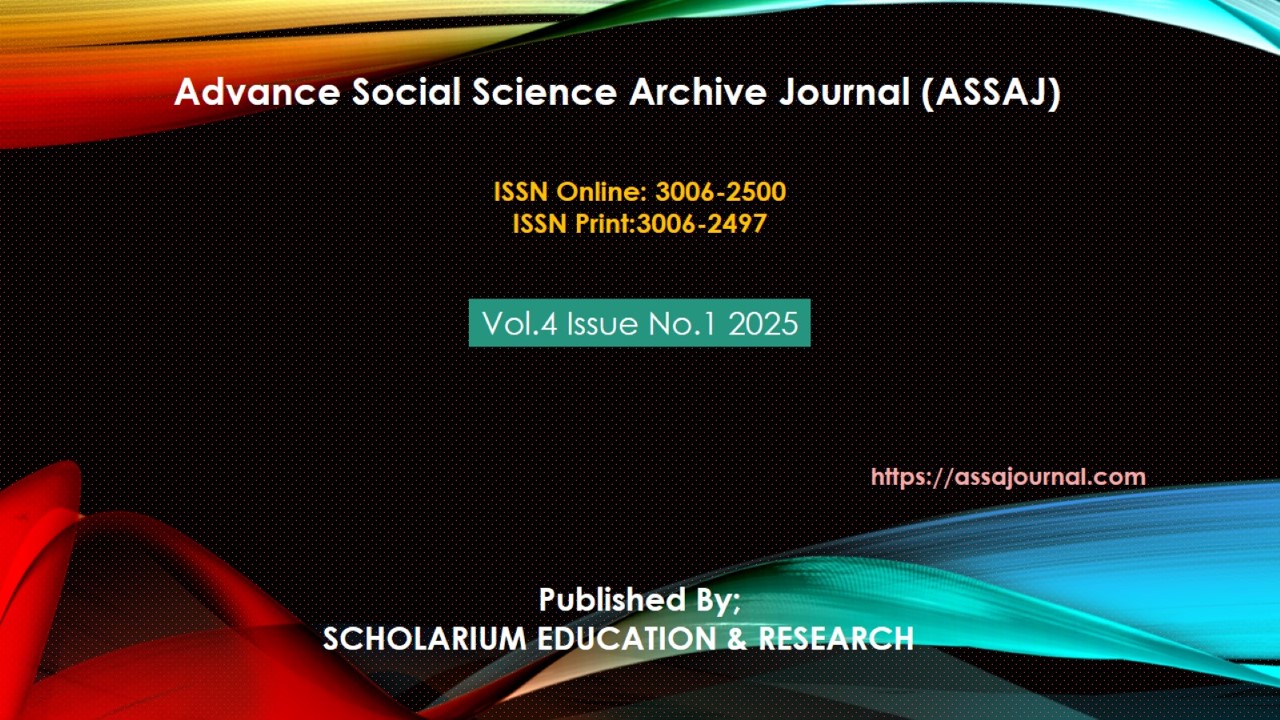Factors That Push Children on Street in Pakistan
https://doi.org/10.5281/zenodo.17361417
Abstract
This study, deal with inside the domain of Sociology, has been conducted to investigate the central causes donating to the accelerating growing of street children in urban zones of Pakistan. The research was grounded on a descriptive survey, using a purposive sampling method to select 380 participants, including 310 boys’ and 72 girls. Primary data was collected by surveys through closed-ended, and structured questions. The results show that the problem of street children in Pakistan is extremely rooted in multifaceted socioeconomic, household, and educational matters, rather than single choice. The demographics indicates a large share of street children are boys’, aged 12–14 years, and commonly from dual or extended families through high necessity ratios.
Correlation analysis indicated strong positive relations among the growing statistics of street children and both family poverty (r=0.524,p<.001) and household violence (r=0.546,p<.001). Family dysfunction similarly presented a statistically significant, poor positive correlation (r=0.296,p<.001). Equally, the correlation among personal wishes for freedom and street children was statistically insignificant (r=0.081,p=.117), proposing street life is not a first choice but a response to challenging backgrounds. Key drive factors identified comprise severe family disturbance and destroyed homes, with 90.4% indicating parent's separation. Economic deficiency is significant, as 71.9% of children decided they met food shortage at family, convincing children to labor to addition household income. Less parental schooling and negligible occupations more worsen financial weakness. Educational marginalization is striking, with above 90% of both respondents (Boys’/Girls) not go to school due to financial problems or school violence.
Key Words: Street children, Poverty, Family dyfanctions, Domestic Violance, Peer Presure, Economic Factors, Social Influences, Drug Addictions.





